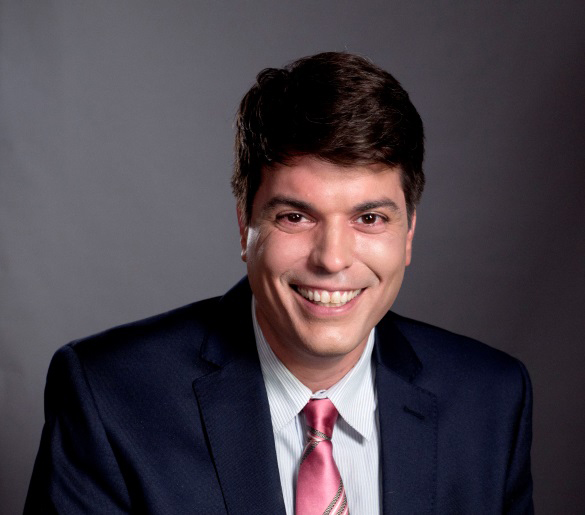Education is becoming increasingly politicized as divisive policies such as Critical Race Theory and Covid procedures are explored. It is up to our educational leaders to make sure that the correct supports and policies are in place for students to learn and grow. For this reason, the job of our educational leaders affects outcomes that […]
The Thrive Global Community welcomes voices from many spheres on our open platform. We publish pieces as written by outside contributors with a wide range of opinions, which don’t necessarily reflect our own. Community stories are not commissioned by our editorial team and must meet our guidelines prior to being published.
By
- Carlos Osvaldo Cortez, Community College President and CEO at San Diego Continuing Education
Education is becoming increasingly politicized as divisive policies such as Critical Race Theory and Covid procedures are explored. It is up to our educational leaders to make sure that the correct supports and policies are in place for students to learn and grow. For this reason, the job of our educational leaders affects outcomes that will drive the future of our nation.Here are the top 4 mistakes that educational leaders make in local schools and communities.
Being Aware of Culture and Hidden Biases
Every individual in a school organization brings their own cultural identity. Concomitant with many interacting cultural identities exists hidden biases that govern how we make decisions. As educators, we constantly battle with decision fatigue and routinely let our hidden biases take over. Understanding our biases can help us to intentionally overcome them and make smarter decisions.
Not Optimizing Lead-member Exchange In-groups
Educational organizations have to constantly change to remain up-to-date and be competitive. However, organizational change is difficult and often results in teachers and administrators leaving the job or the profession entirely. Part of this turnover is due to dissatisfaction with the workplace. Educational leaders need to broaden their in-groups to avoid alienating teachers and other front line employees from promotions and higher order responsibilities.
Ignoring Pipelines of Succession
Frequently, school executives externally hire for administrative positions. While there is a need to keep great teachers in the classroom, teachers should be the obvious choice for administrative jobs. There is a gap in skills and focus between teaching and administration, but the roles are cut from the same cloth. School leaders need to develop their great teachers, not just for growth in teaching, but also to move into administrative or school leadership roles. After all, one sign of a weak organization is needing to hire from outside for higher paying jobs.
Underutilizing the Community
Not all schools are centered in safe communities, but those that are need to engage with the community. Communities can offer volunteers, funding, and positive experiences for students.
There are many problems that educational leaders face. Overcoming these challenges is crucial to prepare our students and faculty to tackle both global and local issues.
Originally published on Carlos Osvaldo Cortez website.

Carlos Osvaldo Cortez, Community College President and CEO at San Diego Continuing Education
Carlos Osvaldo Cortez, Ph.D., has long studied the role taken by educators and administrators of color in shaping educational and welfare reform in the United States. He himself has taken such a role in San Diego. On a federal and policy level, he has worked with a number of legislative task forces, including his current service on the California League of Community College’s Advisory Committee on Legislation and the Noncredit Coalition. On a more student-level focus, he is currently the president of San Diego Continuing Education, one of the four divisions of the SD Community College District. In this capacity, Dr. Carlos Osvaldo Cortez oversees more than 40 thousand students a year across seven campuses and over 200 off-site locations. He has dedicated his educational and administrative life to centering the underserved populations of San Diego and the surrounding areas.
Share your comments below. Please read our commenting guidelines before posting. If you have a concern about a comment, report it here.







